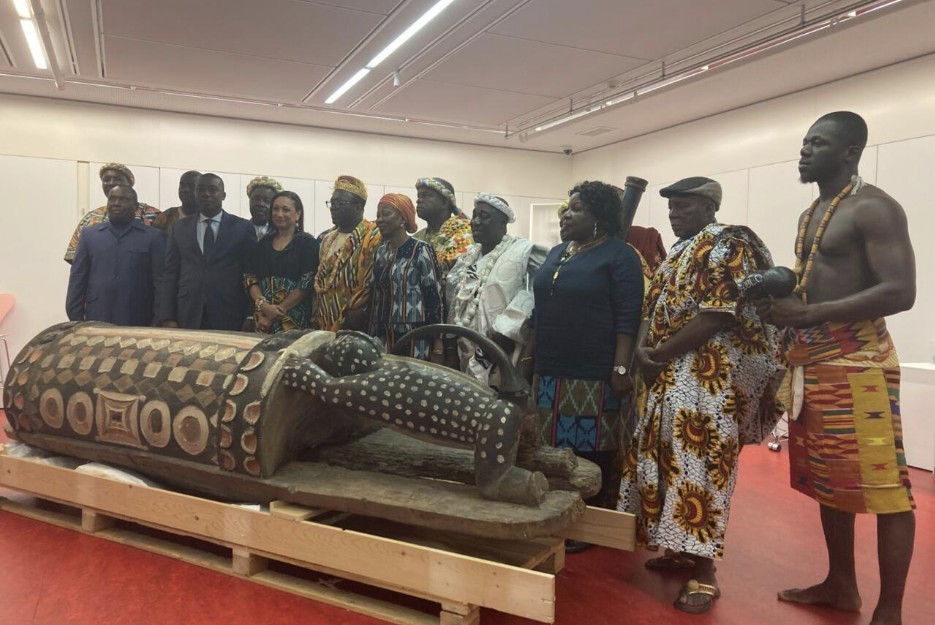Indigenous Rights Within Southeast Asia
- Antong Lu
- Apr 17
- 3 min read

Despite being home to rich political, social, and cultural diversities, Southeast Asian nations have a historically alarming trend of failing to recognise and protect indigenous rights. Instead, perhaps influenced by colonial vestiges, attitudes towards indigenous peoples in the region range from complete rejection and human rights abuses to inadequate or obsolete juridical protections. Moreover, the importance of protecting customary rights to land has only increased, as it serves not just as an expression of indigenous self-determination and rights, but as a foundation for modern Southeast Asia’s environmental activism.
Representing the fragility of nation-building in a post-colonial, post-war era, the established narrative of Southeast Asian nations regarding indigenous rights ranges from a strong categorical rejection to an all-encompassing national myth of everyone as indigenous. Despite being home to an estimated 100 million indigenous peoples, the lack of indigenous recognition within the region prevents an accurate analysis of the vast range of issues they face.
Afraid that “recognition might jeopardise state and nation-building processes” in a post-colonial era, ‘multi-ethnic’ Southeast Asian nations like Vietnam, Laos, and Myanmar root their rejection of indigenous rights on the myth that ‘all nationals are indigenous to the land.’ In this vein, drastic human rights abuses target indigenous and ethnic minorities to deflect external issues, such as the forced expulsion and genocide of Rohingya’s in Myanmar and the state-sponsored sedentarisation of ethnic Montagnards in Vietnam away from their ancestral lands. Similarly, Thailand’s derogatory discrimination towards indigenous ‘hill-tribes’ since the 1980s (where only 50% of them had formal citizenship) have persisted towards the contemporary era where as many as a third are still not recognised as citizens. Subsequently, the noticeable denial and lack of indigenous rights within Southeast Asia still remains prevalent today through discriminatory forms of state-backed rejection.
Yet perhaps even more important in our contemporary world and its various climate issues is the need for protection for indigenous customary land rights and indigenous activists, who have established themselves as a linchpin in Southeast Asia’s environmental movement. Here, though nations within Southeast Asia vary from recognising some form of land rights, the majority remain severely underdeveloped or lacking in juridical protection.
In Indonesia, the government’s pursuit of a new capital city in Nusantara has raised concerns over its disproportionate impact on indigenous Balik women and its potential for ‘land-grabbing’, sparking potentially irreversible environmental and cultural consequences. Similarly, Malaysia’s ambiguity regarding indigenous peoples in its constitution further renders their protection vulnerable to arbitrary government decisions that tend to favour globalisation and foreign investment pressures. Alongside over four million hectares of land dedicated to palm oil plantations, government projects such as the Bakun dam project saw over 15,000 Malaysian indigenous peoples forcibly relocated. Likewise, the culturally sacred lands of the Amungme indigenous peoples of West Papua have been deforested and razed for gold and copper mines. Accordingly, indigenous peoples have taken an active role in campaigning against prioritising commercial interests over environmental issues, from organising petitions to the Indonesia Supreme Court to appeals to wider international organisations like UNESCO. Yet, evidenced by the oppressive policies of the Duterte administration and extrajudicial Thai killings, these indigenous activists still face boundless issues that limit their capacity for change.
Ultimately, Southeast Asia’s track record when it comes to dealing with indigenous rights and recognition is inconsistent at best and appalling at worst. From the denial of their existence to the arbitrary and superficial protections of customary land rights, the treatment of Indigenous peoples in Southeast Asia remains an ever overlooked, but nonetheless crucial issue within the region.
References
Aditya, Zaka Firma, and Sholahuddin Al-Fatih. 2023. “The Legal Protection System of Indigenous Peoples in Southeast Asia.” Legality : Jurnal Ilmiah Hukum 31 (2)
Hiraswari Gayatri, Irine, and Dini Suryani. 2024. “Displaced Indigenous Women Bear the Brunt of Indonesia’s Capital City Project.” East Asia Forum. September 21, 2024.
Inguanzo, Isabel. 2024. “The Rights of Indigenous Peoples in Southeast Asia: Recent Advances and Current Challenges”, in Gabriel Fascal et al. The Palgrave Handbook of
Wongnithisathaporn, Pirawan, and Thomas Worsdell. 2021. “Thailand’s Indigenous Peoples Fight for ‘Land of Our Heart’ (Commentary).” Mongabay Environmental News. March 15, 2021.
Politicla Norms in Southeast Asia. Palgrave Macmillan.
O’Neill, Igor. 2024. “Papuan Indigenous Activists Present Quarter-Million Signatures to Supreme Court” Greenpeace Southeast Asia. June 22, 2024; Tran, Minh. 2024. “Brackets of Power: The Fight for Environmental Justice in Southeast Asia.” SEI. September 30, 2024.
Schearf, Daniel. 2011. “Stateless Minorities Struggle for Recognition, Services in Thailand.” Voice of America. Voice of America (VOA News). January 3, 2011





Comments